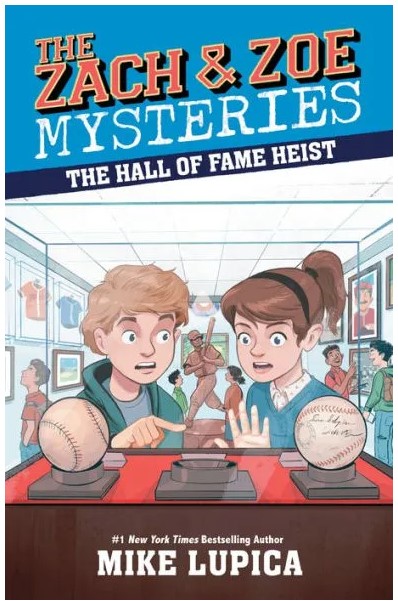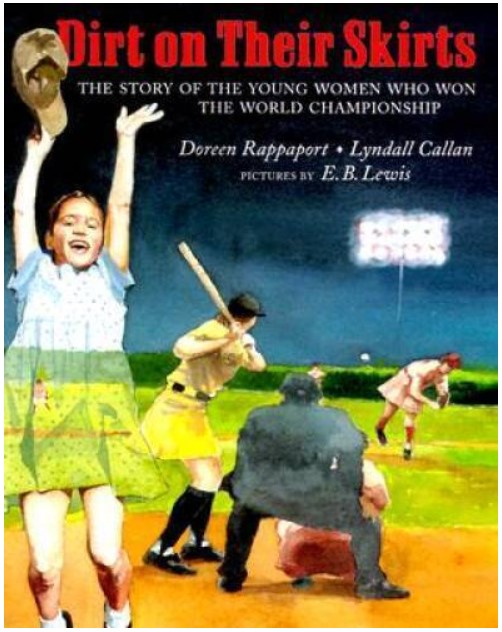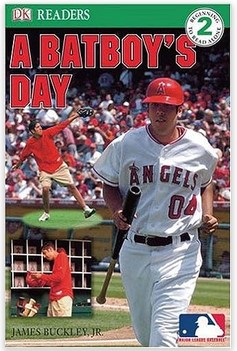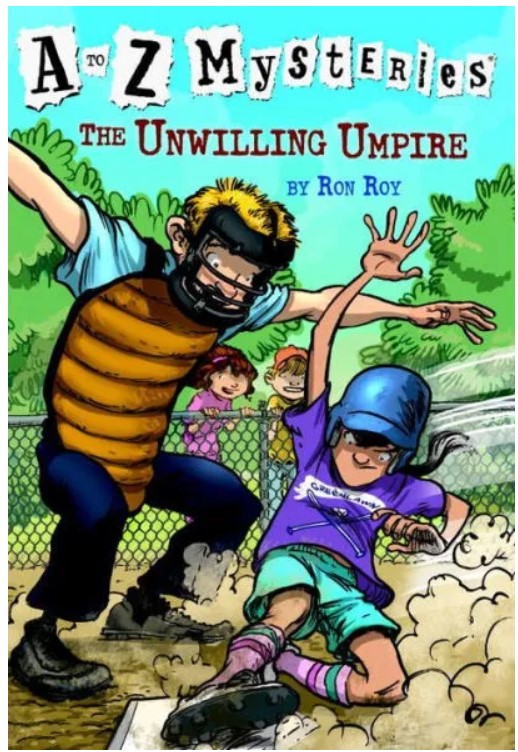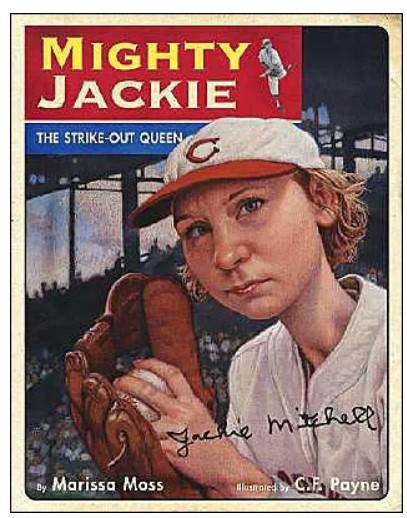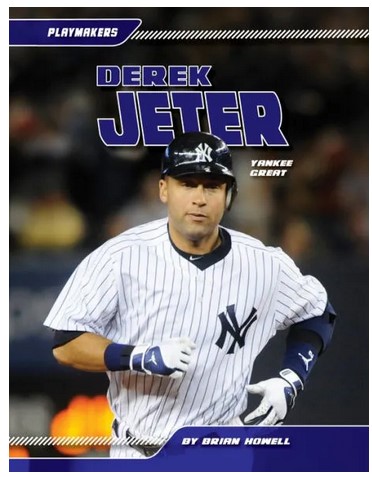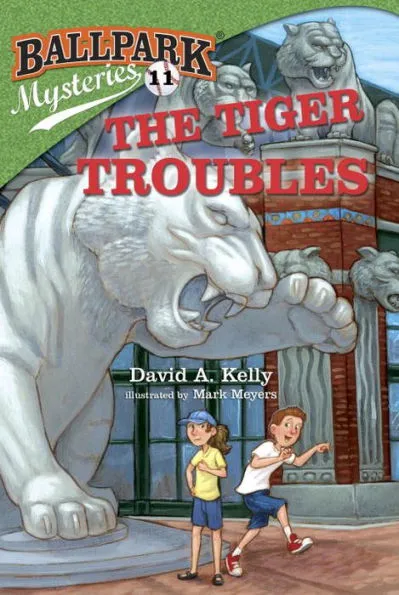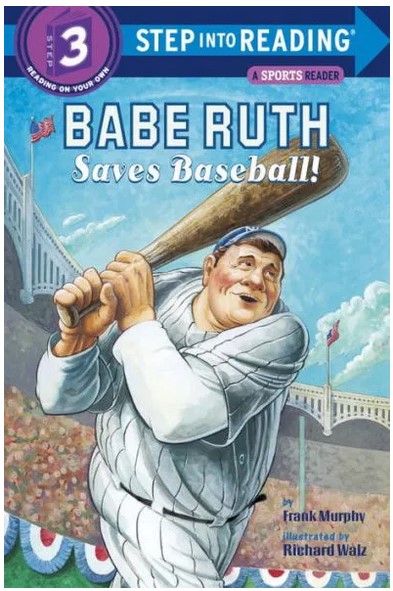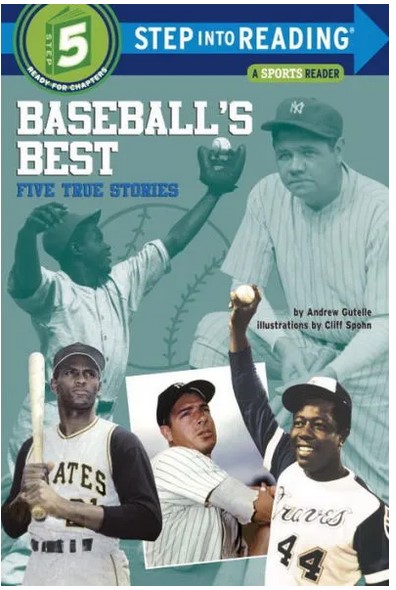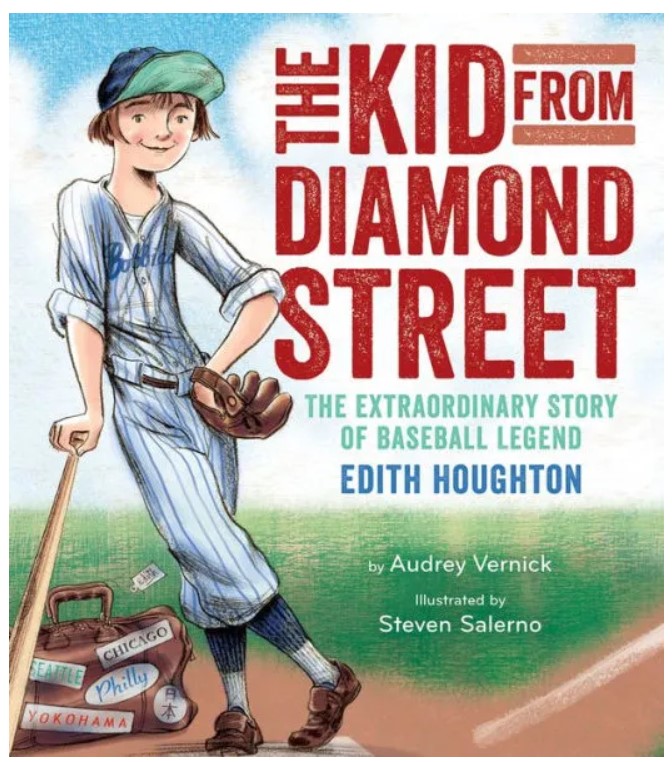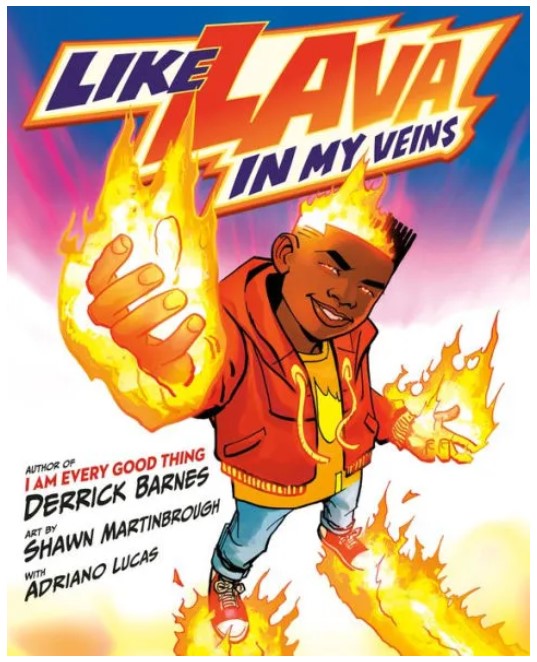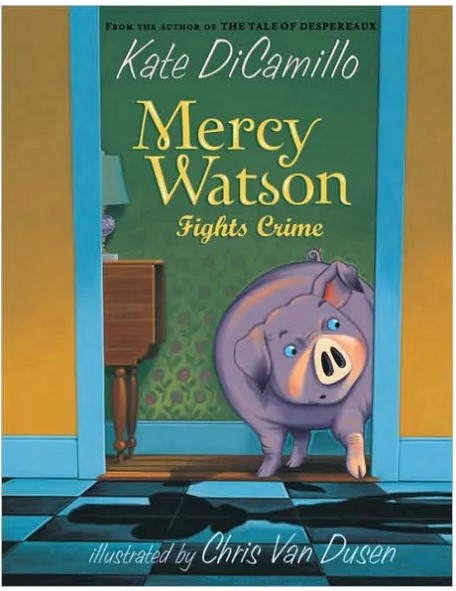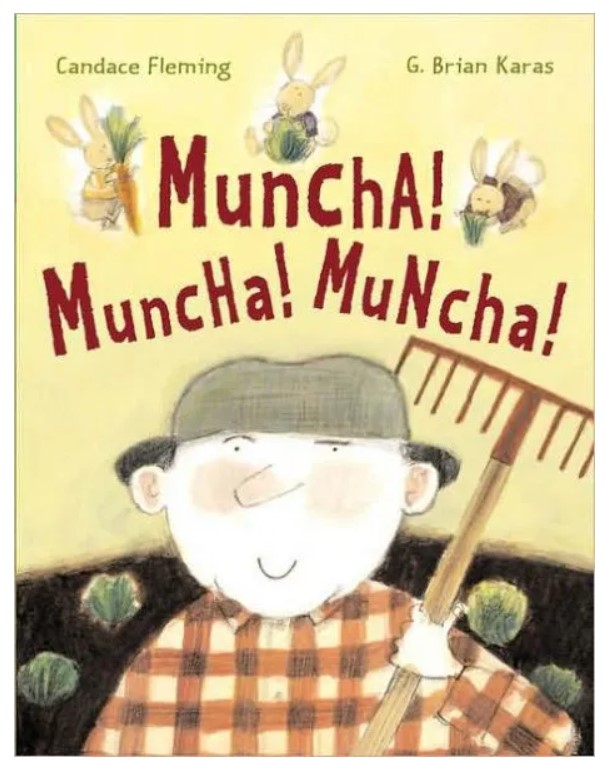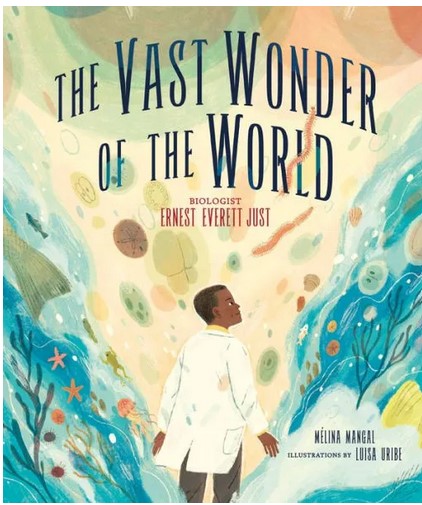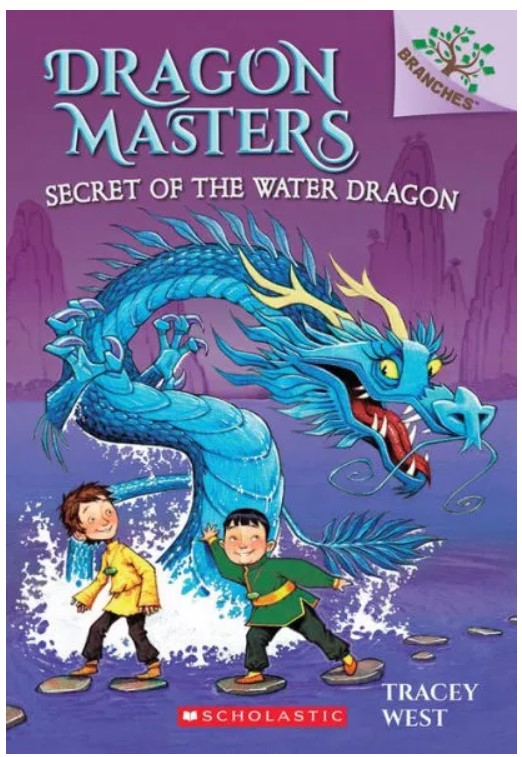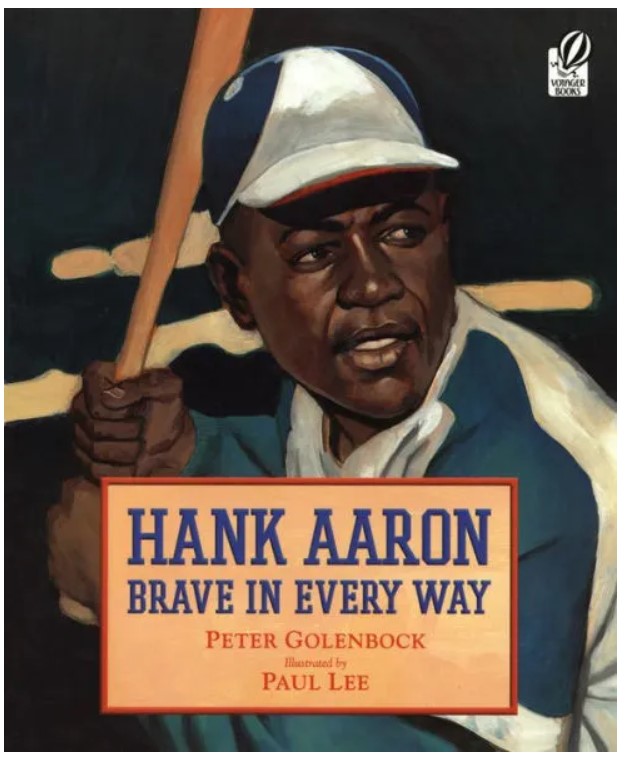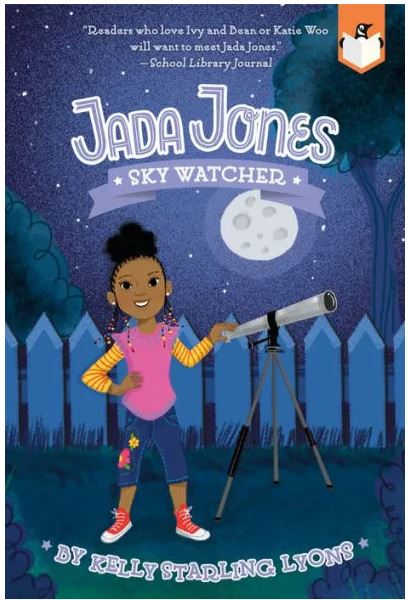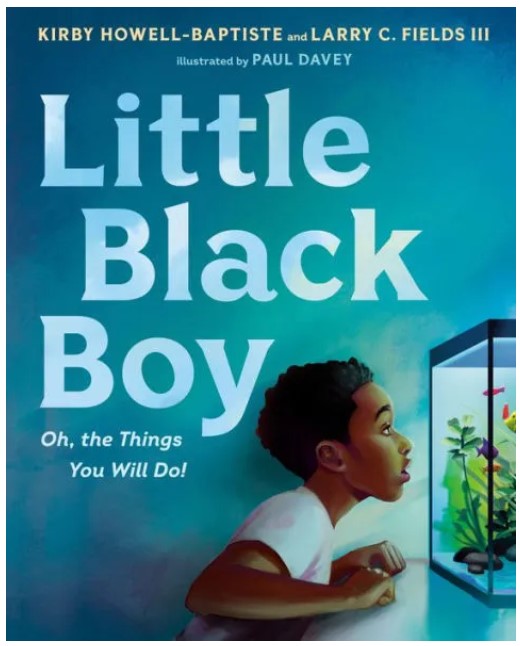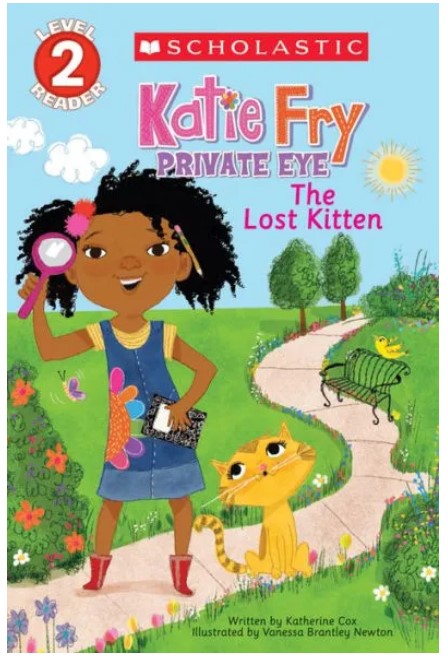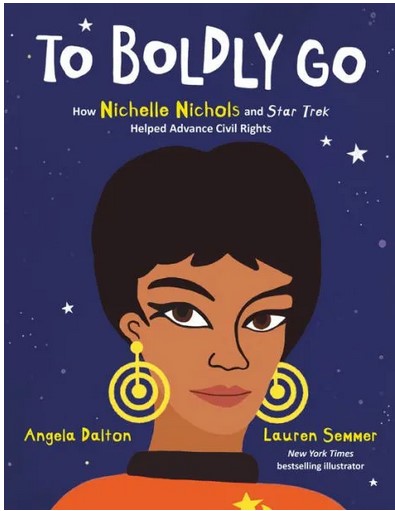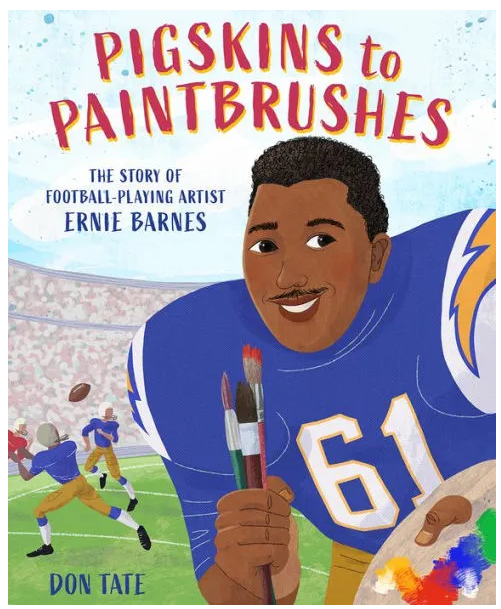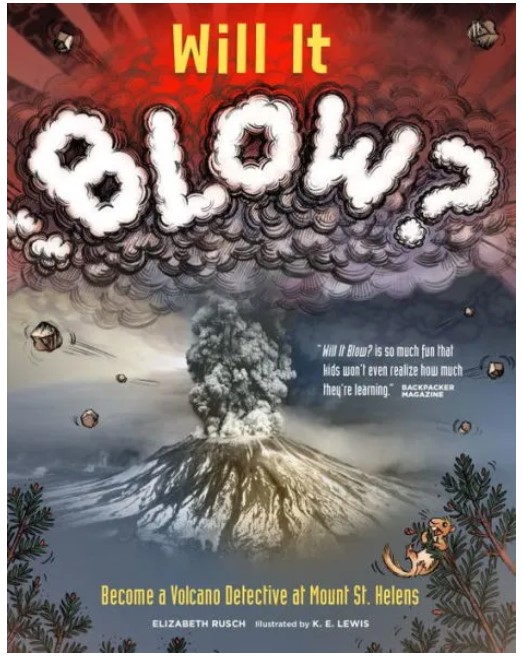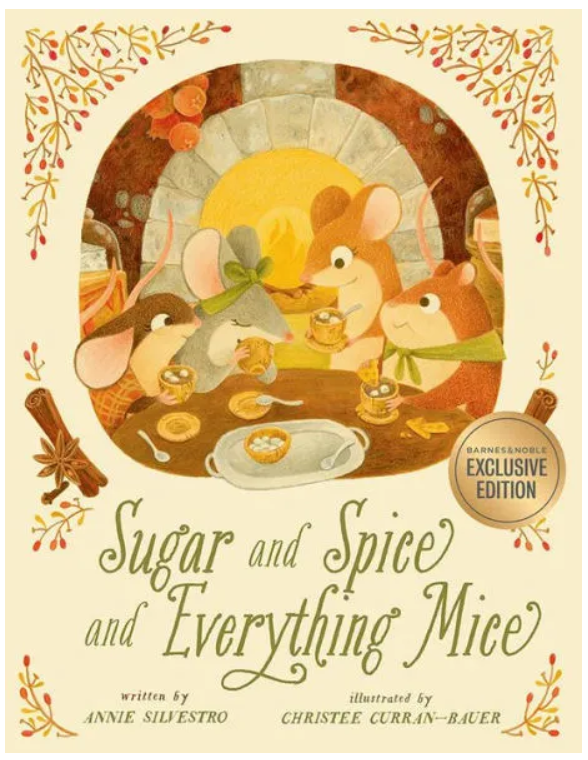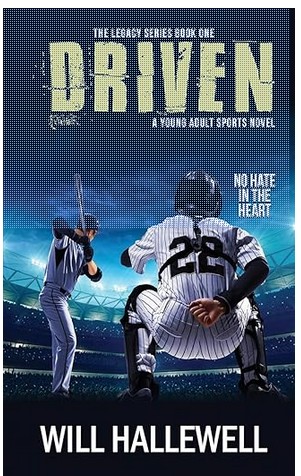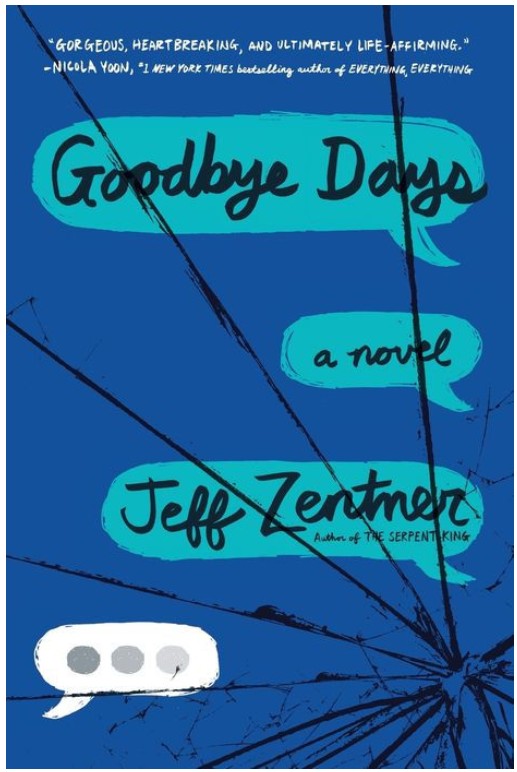Third-grade twins Zach and Zoe are huge baseball fans. When their class visits Middletown’s town hall to see a pop-up museum by The National Baseball Hall of Fame, they can’t wait to see all the famous cards, gloves, and jerseys. They especially want to see Hank Aaron’s signed baseball—the one he supposedly hit over the fence at Middletown Park. However, when they reach the Hank Aaron exhibit, they notice that the baseball is gone! And nobody knows where it went! Can Zach and Zoe use their detective skills and solve this mystery before The National Baseball Hall of Fame leaves Middletown?
Zach and Zoe are the exciting young protagonists of the story. Their kind personalities and determination to do what’s right make them commendable characters. More importantly, their excitement and curiosity about the missing baseball highlight the story’s lesson of working together to solve big problems. Although the twins discover many clues about the mystery, Zach acknowledges that they can’t solve everything and that “there’s somebody here who might be the best problem-solver in the world . . . our mom!”
The Hall of Fame Heist includes several illustrations peppered throughout the short chapters. The pictures typically show the twins and a critical moment in the plot, which helps younger readers easily grasp the story’s progression. Alongside the mystery, the story also gives an impressive amount of baseball history, especially on certain players like Hank Aaron and Jackie Robinson. While some of these facts can be too technical for beginner readers, they allow them to learn more about baseball and appreciate its history.
However, due to the book’s simple characters and plain vocabulary, older readers may quickly grow bored with its straightforward plot. More importantly, certain readers may become frustrated at the fractured nature of the story due to constant jumping between the main mystery and unnecessary moments. As a result, The Hall Of Fame Heist will mostly appeal to a younger audience as it offers a somewhat engaging story about a baseball mystery. Thanks to its positive message about teamwork and authentic facts about baseball history, this story will appeal to beginning readers who love sports.
Sexual Content
- None
Violence
- None
Drugs and Alcohol
- None
Language
- None
Supernatural
- None
Spiritual Content
- None
